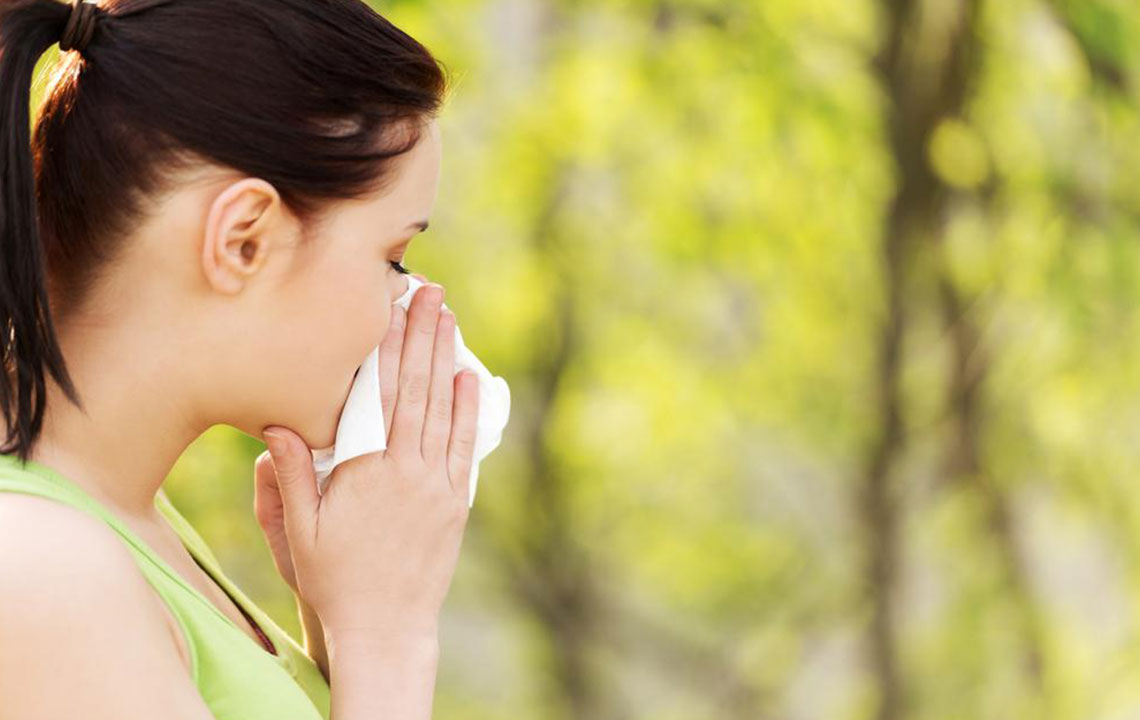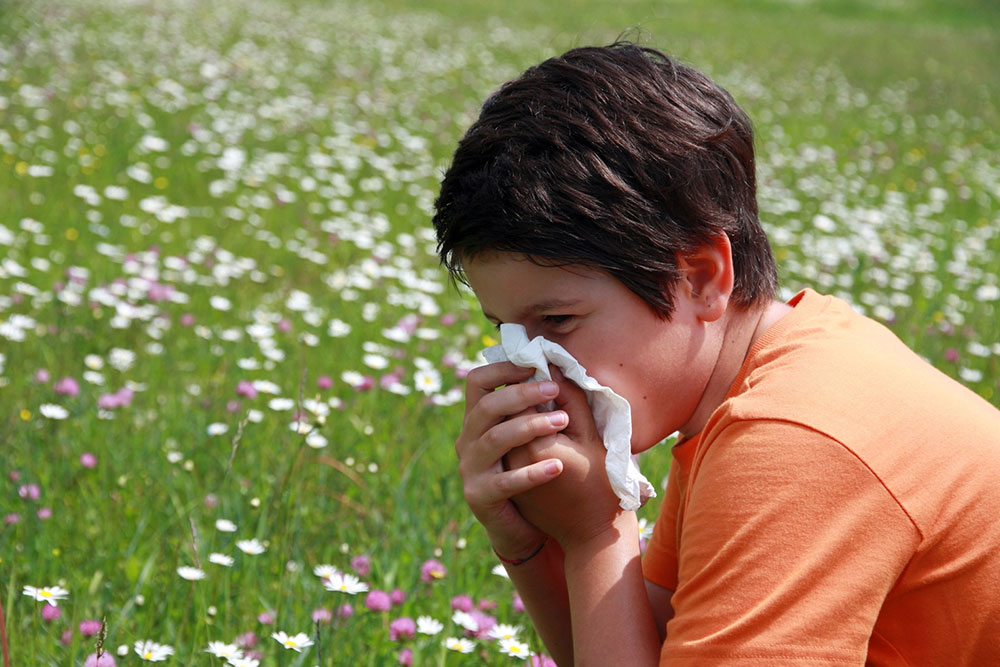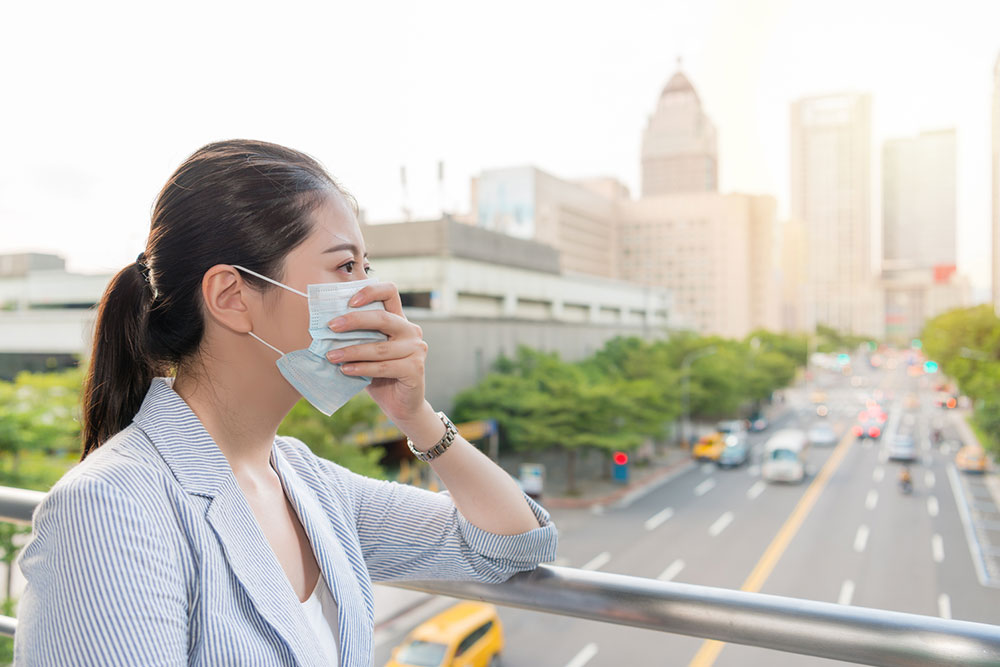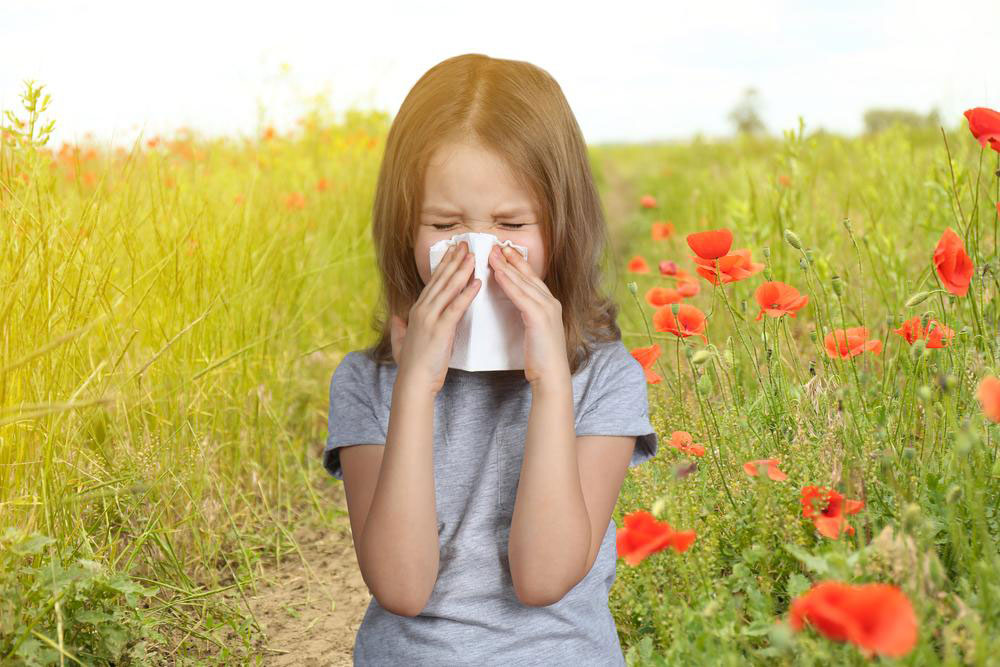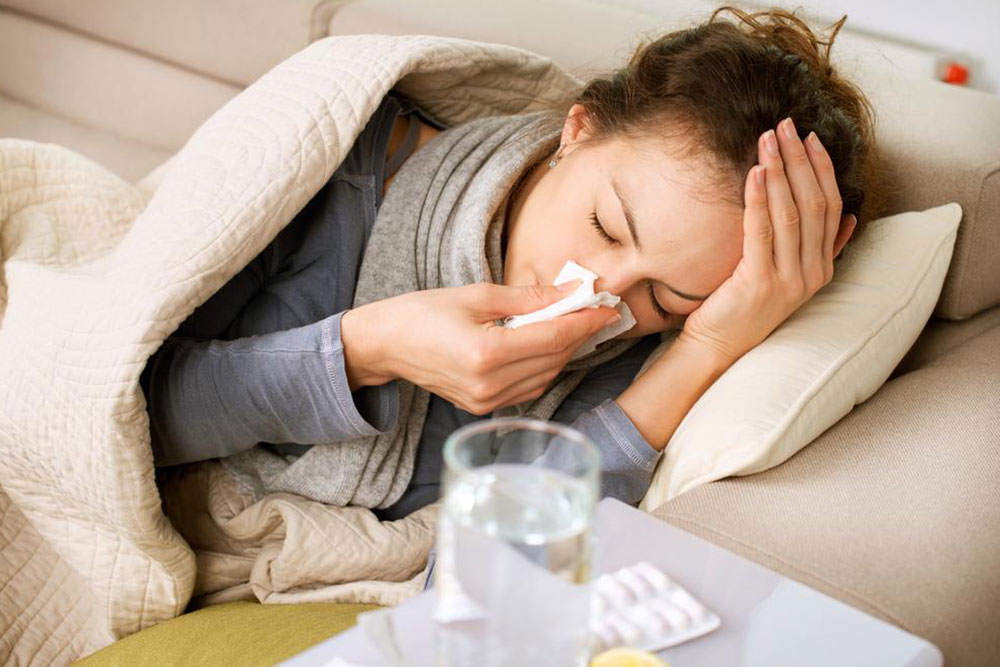Comprehensive Guide to Recognizing and Managing Pollen Allergies
This comprehensive guide details the key indicators of pollen allergies, including symptoms, causes, and effective management strategies. It emphasizes the importance of identifying specific pollen sources and offers practical advice on medication, immunotherapy, and allergen avoidance. With expert tips on outdoor and indoor preventive measures, this article aims to help allergy sufferers reduce symptoms and improve their quality of life during peak pollen seasons. Whether you’re dealing with mild or severe allergies, understanding these aspects can lead to better control and relief.
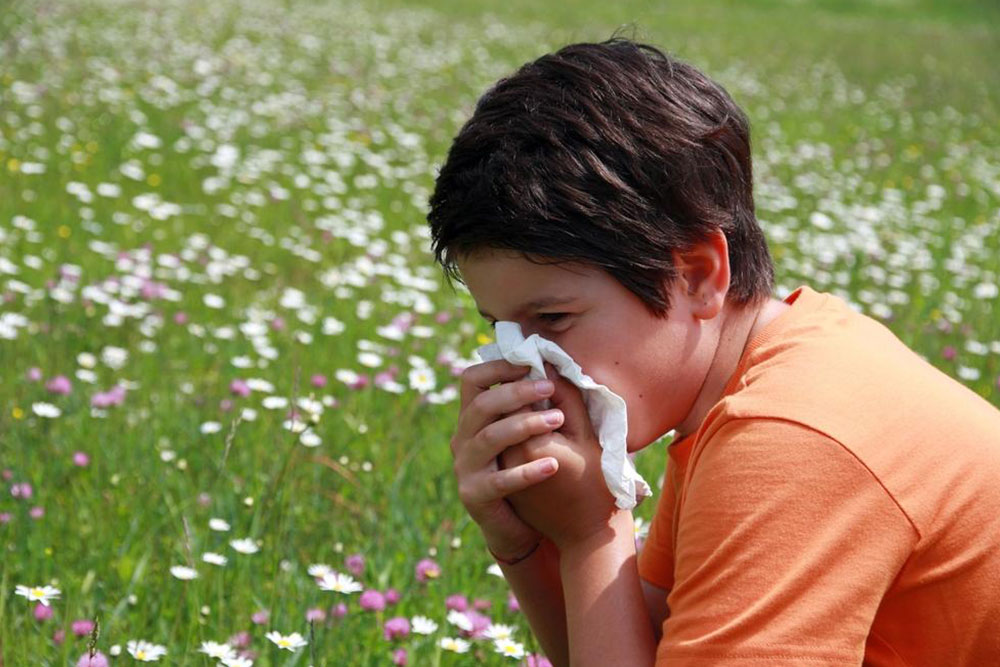
Comprehensive Guide to Recognizing and Managing Pollen Allergies
Are you frequently battling itchy eyes, a persistent runny nose, or a burning sensation in your eyes, especially during the vibrant spring months? These discomforts could very well be your body's natural reaction to airborne pollen particles. Pollen allergies are a widespread issue affecting millions, and understanding the key indicators and management strategies is essential for relief and improved quality of life.
Understanding Pollen Allergies
Pollen allergies occur when your immune system overreacts to pollen particles released by flowering plants. These tiny, powder-like particles originate from the male reproductive structures of plants. During particular seasons, especially spring, summer, and early fall, plants release trillions of these particles into the air, facilitating plant reproduction via wind, insects, and animals. For individuals with allergies, this natural process results in uncomfortable and sometimes debilitating symptoms.
Pollen counts tend to rise sharply during peak seasons, especially in regions with high vegetation density. In the United States, pollen allergy prevalence is notably high, with spring being the most intense period for allergic reactions. The allergy's severity varies among individuals, influenced by genetic predisposition, environmental exposure, and other factors.
Identifying Specific Pollen Sources
There are over 100 types of pollen that can trigger allergic reactions, and not everyone is allergic to the same types. Differentiating which pollen type causes your symptoms is crucial for effective management. For example, some individuals might be allergic specifically to cedar pollen, experiencing severe reactions during cedar pollen season, while others may tolerate birch pollen quite well.
This specificity is called a "plant-specific allergy." Identifying your allergen allows for targeted avoidance and treatment strategies, improving symptom control.
Causes of Allergic Reactions
While the precise mechanisms underlying pollen allergies are still widely studied, it's understood that exposure to allergenic proteins in pollen particles prompts an immune response. In susceptible individuals, the immune system mistakenly identifies these proteins as dangerous invaders, resulting in the production of antibodies called Immunoglobulin E (IgE). These antibodies trigger the release of histamine and other chemicals, causing inflammation and typical allergy symptoms. Allergens are present not only in plant pollen but also in other sources such as certain animal dander, insect proteins, and some foods, which can complicate allergy management.
Recognizable Signs and Symptoms of Pollen Allergies
Common indicators of pollen allergies include a variety of discomforts and physical signs that often appear during high pollen seasons. Recognizing these symptoms early can help in managing the condition more effectively.
Itchy, watery eyes that often feel gritty or burning
Coughing, sometimes persistent or worsening
Congested or runny nose with clear discharge
Facial pain or pressure around the sinuses, resembling sinusitis
Reduced ability to taste and smell due to nasal congestion
Scratchy or sore throat caused by postnasal drip
Swelling or bluish discoloration around the eyes, sometimes called allergic shiners
Wheezing or shortness of breath, especially in people with asthma
These symptoms can significantly impair daily activities and overall well-being, making timely intervention important.
Over-the-Counter Remedies and Medications
Many individuals find relief using over-the-counter medications. Decongestants, for example, are effective in reducing nasal swelling and relieving a blocked nose, thus easing breathing during pollen-heavy seasons. Nasal sprays, such as saline or corticosteroid sprays, help clear nasal passages and reduce inflammation.
Antihistamines are widely used to combat sneezing, itching, and watery eyes by blocking the action of histamine—the chemical responsible for allergy symptoms. Options include oral antihistamines like loratadine, cetirizine, and fexofenadine, which provide quick relief and are generally well tolerated.
Allergy Immunotherapy and Shots
If medication does not provide sufficient relief, consulting an allergist for immunotherapy—a series of allergy shots—may be advantageous. These injections gradually expose your immune system to small amounts of pollen allergens, helping your body build tolerance over time. Consistent treatment can significantly reduce the intensity and frequency of allergy symptoms, improving long-term quality of life.
Preventive and Outdoor Management Tips
Minimizing pollen exposure is vital, especially during peak seasons. Simple precautions can substantially reduce symptoms and improve overall comfort outdoors.
Wearing a high-quality mask covering your nose and mouth when outdoors, especially during high pollen days, is a highly effective barrier.
Avoid outdoor activities during early mornings and windy days when pollen counts are typically highest.
Keep windows and doors closed to prevent pollen from entering indoor spaces.
Use air conditioning with HEPA filters in homes and vehicles to filter out pollen from the air.
Shower and change clothes after outdoor exposure to remove pollen residues from your skin and clothing.
Home and Lifestyle Strategies for Allergy Relief
Consume herbal extracts like spirulina and butterbur, which may have natural anti-inflammatory effects and help reduce allergy symptoms.
Regularly wash clothes, bedding, and curtains to eliminate accumulated pollen and dust mites.
Maintain clean indoor environments by vacuuming with HEPA filters and dusting frequently to remove allergens.
Use dehumidifiers to keep indoor humidity low, inhibiting mold growth that can exacerbate allergies.
Consider installing air purifiers in frequently used rooms for added allergen control.
Living with pollen allergies can be challenging but understanding the key indicators and adopting targeted management strategies can provide significant relief. Early identification of specific allergens, combined with medication and environmental control measures, can greatly improve your comfort during allergy seasons. Always consult healthcare professionals for personalized treatment plans and allergen testing to ensure effective symptom management.
